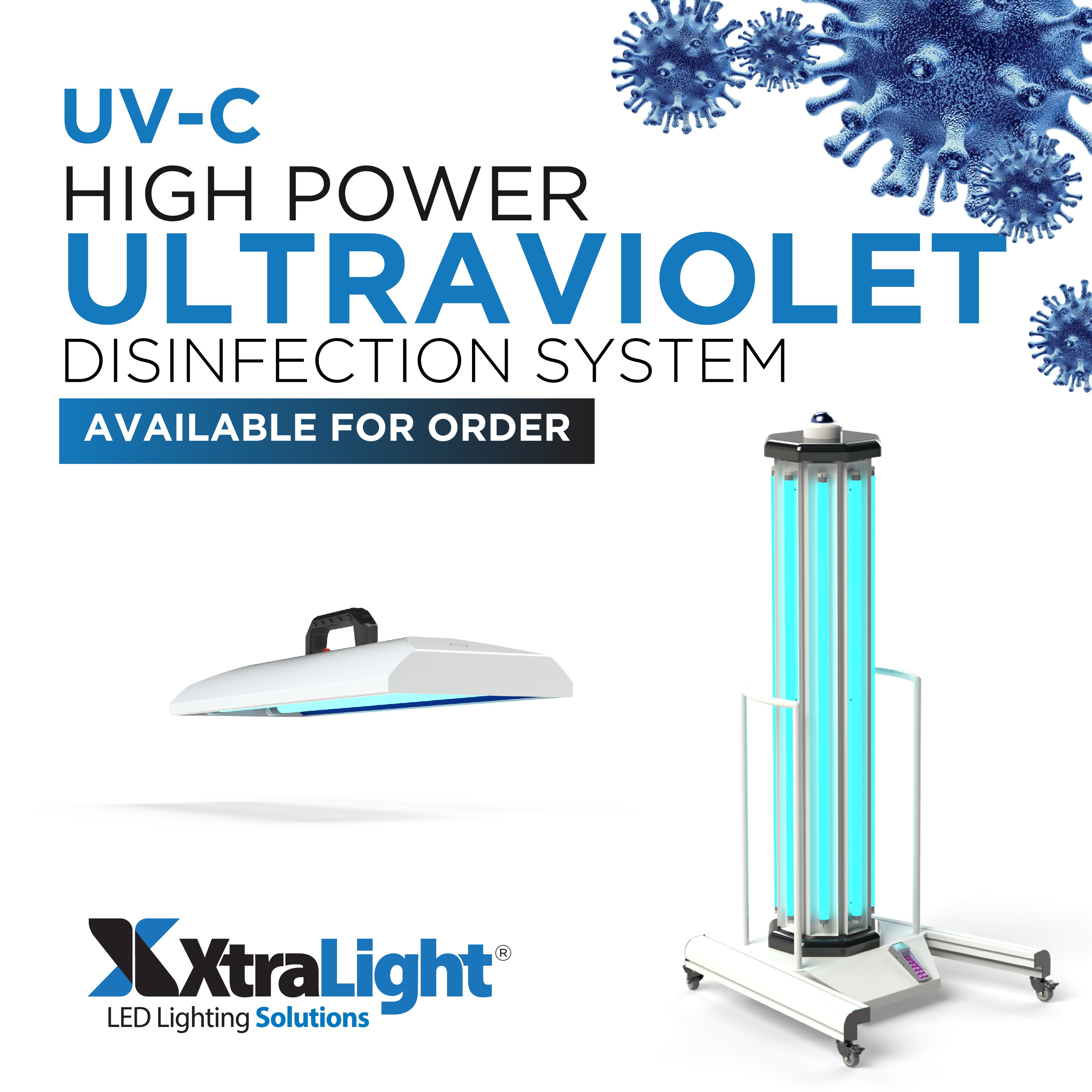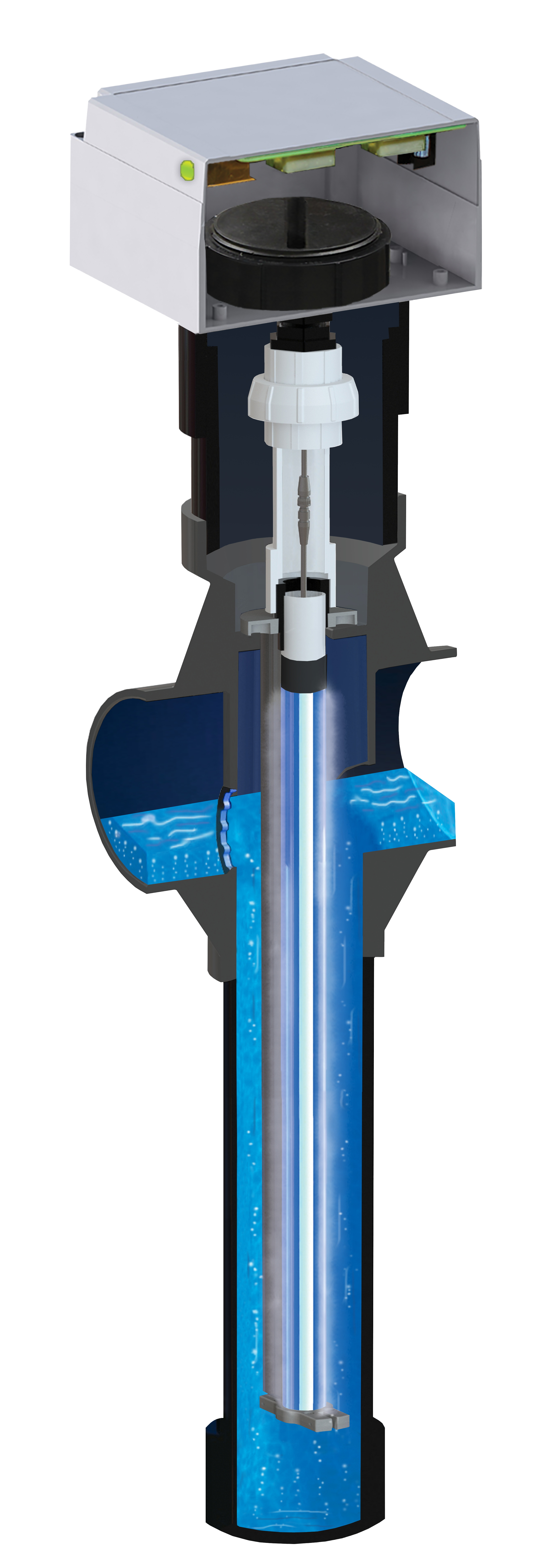

The emergence of COVID-19, the disease caused by SARS-CoV-2 in late 2019 in Wuhan, China, created a pandemic that resulted in large-scale scientific, economic, and public efforts to contain viral transmission. The novel coronavirus (SARS-CoV-2) is a new strain from the CoV family that has not been previously identified in humans. The majority of these cases were reported from Saudi Arabia (2121 cases), including 788 related deaths with a case-fatality rate of 37.1%. (6) At the end of January 2020, a total of 2519 laboratory-confirmed cases of MERS, including 866 associated deaths (case-fatality rate 34.3%), were reported globally. Through investigations, it was identified that the first known cases of MERS occurred in Jordan in April 2012. (4,5) In a similar case of a fatal outbreak, in September 2012, health officials first reported a disease in Saudi Arabia. (3) According to the World Health Organization (WHO), a total of 8096 people worldwide became sick with SARS during the 2003 outbreak and 774 of them died. (1,2) First reported in Asia in February 2003, SARS spread over the next few months to more than two dozen countries on various continents, including North America, South America, Europe, and Asia, before the SARS global outbreak of 2003 was contained.

This study, along with the provided illustrations, will play an essential role in the design and fabrication of effective, reliable, and safe UV disinfection systems applicable to preventing viral contagion in the current COVID-19 pandemic, as well as potential future epidemics.Ĭoronaviruses (CoVs) are a large family of viruses that can cause illness, ranging from the common cold to more severe disease like the Middle East Respiratory Syndrome (MERS-CoV) or the Severe Acute Respiratory Syndrome (SARS-CoV). In addition, the latest updates from the open literature on UV dose requirements for incremental log removal of SARS-CoV-2 are reviewed remarking the advancements and existing knowledge gaps. In this work, fundamentals of UV disinfection phenomena are addressed furthermore, the essential parameters and protocols to guarantee the efficacy of the UV sterilization process in a human-safe manner are systematically elaborated. However, limited understanding of critical UV disinfection aspects can lead to improper use of this promising technology. Moreover, the general public utilizes UV sterilization devices for various surfaces, from doorknobs and keypads to personal protective equipment, or air purification devices with an integrated UV disinfection technology. Nowadays, various environmental public settings worldwide, from hospitals and health care facilities to shopping malls and airports, are considering implementation of UV disinfection devices for disinfection of frequently touched surfaces and circulating air streams. The global health-threatening crisis from the COVID-19 pandemic, caused by the severe acute respiratory syndrome coronavirus 2 (SARS-CoV-2), highlights the scientific and engineering potentials of applying ultraviolet (UV) disinfection technologies for biocontaminated air and surfaces as the major media for disease transmission.


 0 kommentar(er)
0 kommentar(er)
